When communicating a change management strategy to their workforce, many companies feel it necessary to put a positive spin on what could be perceived as a negative situation. Managers are savvy enough to know that no one likes change, but believe they can ameliorate the situation by simply explaining the good impact the change will have down the road.
In many cases, management relies on taking a “what’s in it for me?” (WIIFM) approach to get staff on board. However, this can become a challenge if there really isn’t anything in it for the employee for them to “sell”.
I find that although employees can be motivated by the promise of such “carrots” as streamlined systems, better efficiencies, and reduced waste down the road, they’re more concerned with how the change will affect them in the short term.
If this is the case, as it often is, always remember that although the benefits of change might not exist for your employees, the immediate effect of change on your people always will.
This effect must be addressed, and to do so you need to employ a “what’s the impact on me?” (WIOM) approach.
Immediate Impacts of Change in the Workplace
 The WIOM principle focuses on the reality that that people need to be told the actual, tangible, short-term effects of the change, and be given the support and information they need to help them through the transition.
The WIOM principle focuses on the reality that that people need to be told the actual, tangible, short-term effects of the change, and be given the support and information they need to help them through the transition.
Here are a few short-term concerns that your workforce might have if your organization is about to go through a change:
- Loss of job or position: Even if your employees truly have nothing to fear, this will be creeping in the back of their minds. Will I be replaced, or transitioned into something uncomfortable and unfamiliar? Or could this change put me out of a job?
- Fear of change: Your employees have been doing the same thing in the same manner using the same equipment and software for years. Those methods and tools may be predictable, but they work. How long will it take for them to understand and embrace a new unknown system, if they’re even able to?
- Loss of routine: We love routines. They give us a sense of control over our workday. The idea of change can take that sense of control away, leaving us confused and uncertain. Can we unlearn one routine, and adopt a new one with minimal interruption to productivity?
- Loss of face: No one wants to lose face in front of a manager, much less in front of a client. Your team knows the current system inside out, and can answer client questions with authority. But will they feel slow and awkward to answer client questions about the new system?
- Peer pressure: Embracing change is harder for some than for others. Your employees might worry that their colleagues will be able to transition faster than they can, possibly affecting their morale and creating workplace tension that might not have been there before.
Much of the time, change is met with suspicion, doubt, and resistance. It’s human nature. Even if the changes are good for everyone involved, people might not immediately embrace it until they see the results for themselves.
Using WIIFM vs. WIOM for Lifestyle Changes
Interestingly, I find people use a WIIFM vs. WOIM approach for self-initiated lifestyle changes. When used correctly, this method helps them make more informed choices.
For example, let’s say you find a beautiful new house and are considering purchasing it. First, you consider some of the WIIFMs:
- Bigger space for family and friends
- A neighbourhood that better suits your needs
- A fresh, exciting new start for you and your family
- New friends and contacts
- A feeling of control over your decisions
Now, lets look at the WIOMs:
- Higher property taxes
- Increased mortgage payments
- Uprooting your family into a new, unfamiliar space
- Time spent packing and unpacking
- Moving time and costs
These two lists in lifestyle changes parallel those in the workplace. You feel the effect of the WIOMs right away, and reap the benefits from the WIIFMs over a longer period of time. By balancing the two, you’ll be able to decide whether the move is a good one for you and your family.
In this scenario, you at least have some control over the decision-making. In the workplace, you might not, even if the WIIFM list is much longer than WIOM. This is why it’s important for management to keep the lines of communication open when change is coming.
Communicating Change Impact
Change isn’t about roses, sunshine, and rainbows. Even good change can be hard and have initial negative impacts on the people around them. Again, aversion to change is human nature and perfectly normal.
Managers might be tempted to take the higher philosophical viewpoint of “something good will come of this”, but your employees might not appreciate this approach. With mortgages to pay, kids in university, and other financial obligations, your people will be more concerned with how the change will affect them right now and in the near future.
Your change management strategy needs to provide clear, open door, transparent communication to ensure the smoothest change possible. There will always be resistance, but as a leader you need to keep the dialogue going and provide support to your employees’ needs. Honesty mixed with diplomacy is crucial as well, even if it causes a little concern among your people.
In the long run, however, you’ll find that your people will appreciate hard truth over falsehoods, indifference, or silence.
Above all, always remember this one golden rule: while there isn’t always a WIIFM, there is always a WIOM.

